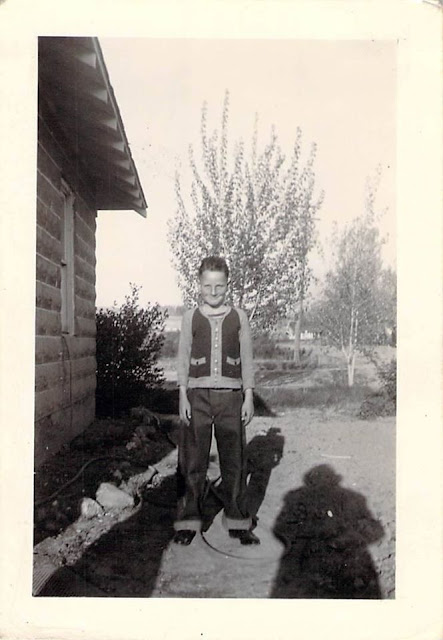Coal in Wyoming: Episode 18
Listen to the episode here. You can also subscribe by searching for Wyoming My 307 wherever you listen to podcasts.
Too often, the coal industry is boiled down to an argument of good or bad, for or against. I interviewed Dr. Holly Krutka of the University of Wyoming, who gave us a much more nuanced look at this critically important Wyoming industry. I was also lucky to find some really great oral histories at the Wyoming State Archives. We get to hear from two old timers who were born in coal camps, and I even shared a personal perspective of coal mining in my own family. Our dot on the map is Donkey Town - well, that’s what it was originally called but you’ll have to listen to the podcast for the full story. Lastly, I also had a chance to delve into our state bird, Sturnella Neglecta, commonly known as the Western Meadowlark.
- Learn more about the University of Wyoming School of Energy Resources where Dr. Holly Krutka is the Executive Director. Here’s Holly testifying to the Senate Energy committee.
- University of Wyoming and Wyoming Public Radio has information on the UW Coal Char Brick House. I hope to visit it some day!
- Here is some recent news (2023) on Wyoming’s rare earths deposits, which may be the richest in the world.
- Two of the top 10 coal mines in the world are in Wyoming. If you don’t have a chance to go on a tour, check out this online video about the WyoDak coal mine in Gillette on Our Wyoming Life's youtube video.
- As Holly mentioned, Gillette has the largest coal mines in the US which are also in the top 10 largest in the world.
- If you’d like to listen to Burnese Weibel’s entire interview, you can find it on the Wyoming State Archives, in their oral history collection. Bernese was born in Elkol WY, which is the subject of this history book. You can read more about her life in her obituary.
- You can also listen to the full interview of Andy Ruskanon, son of a Finnish coal miner, who was born in Hanna WY and later became a miner himself. It’s interesting to learn how mining changed over time from his father’s time in the early 1900’s to his own experience in the 30’s and 40’s.
- As Bernese mentioned, they really did use canaries in coal mines. And that brings us to today’s Wyoming Wildlife. No, we don’t have bright yellow canaries, but we actually have 13 different birds with predominately yellow markings. One is our state bird - the Western Meadowlark.
- Originally named Donkey Town, the executives of the Chicago, Burlington and Quincy railroad, renamed it Gillette in honor of Edward Gillette. He was the man who led the survey crews that saved them miles of track by finding a better route through Wyoming.
- For a great hands on experience and introduction to local history, check out the Rockpile Museum. They put on a lot of events and programs, and an annex with a preserved blacksmith shop, caboose, one room school and more.
- Check out the Frontier Auto Museum. What makes this place really unique is that unlike traditional museums the focus is not on signage. The museum is organized into rooms full of artifacts. As you walk through, the items are displayed as they would have originally been seen.
- Check out the Campbell County Recreation Center, you’ll be amazed!
- Lastly, if you want a unique and comfortable stay in Gillette, I highly recommend the Spotted Dog Bed and Breakfast. The owners are very friendly, and they offer the most delicious homemade breakfast in the state, for a very reasonable price!








Comments
Post a Comment
I welcome your comments, suggestions and recommendations! You can also email me at wyomingmy307@gmail.com. Please subscribe to the blog to keep up with new episodes. Thanks for stopping by!